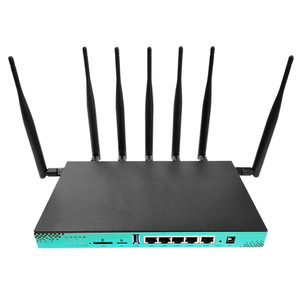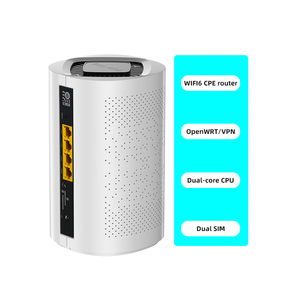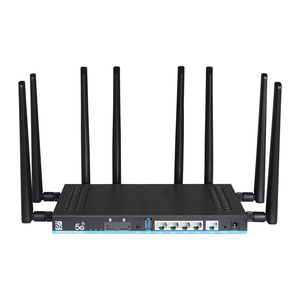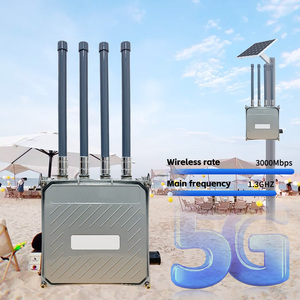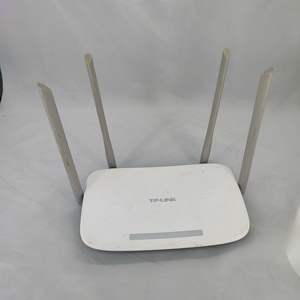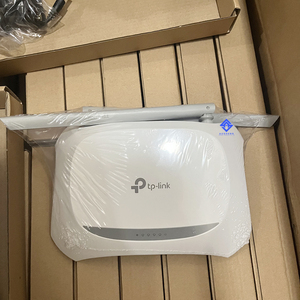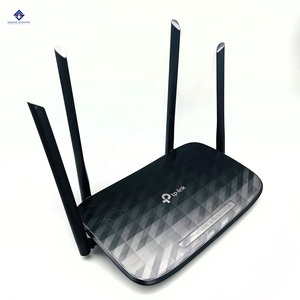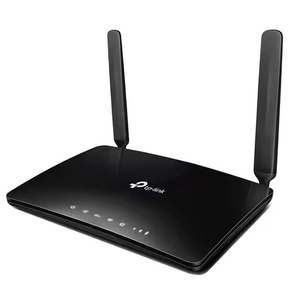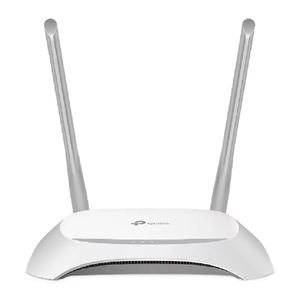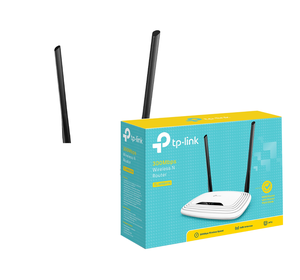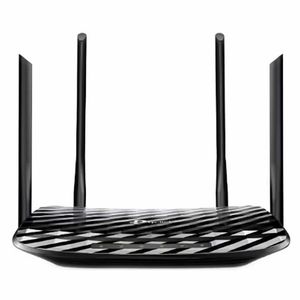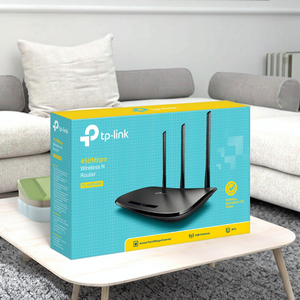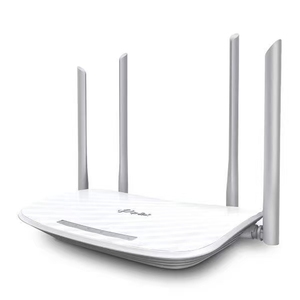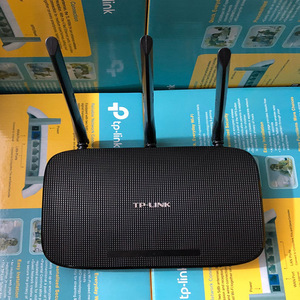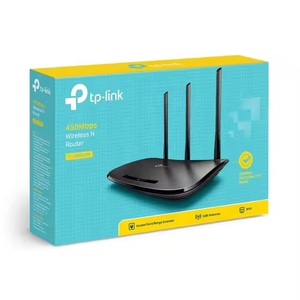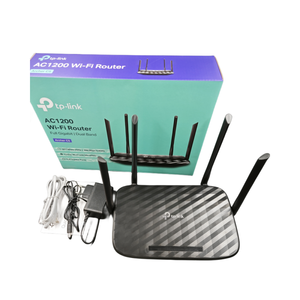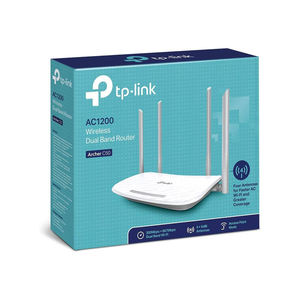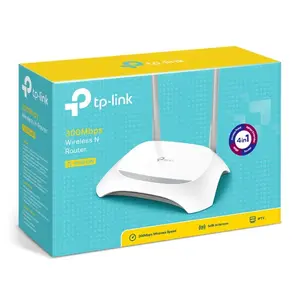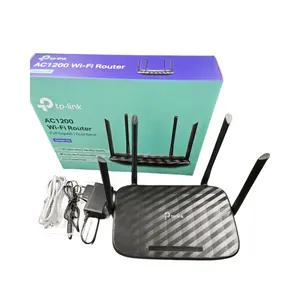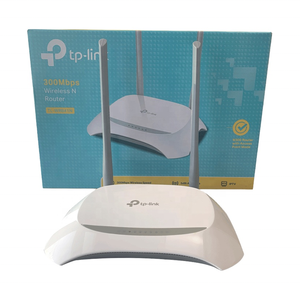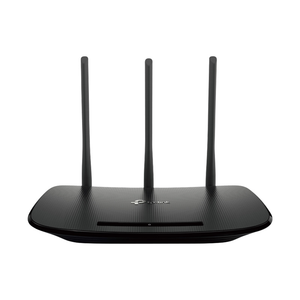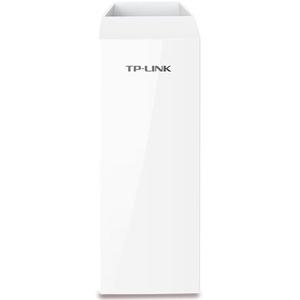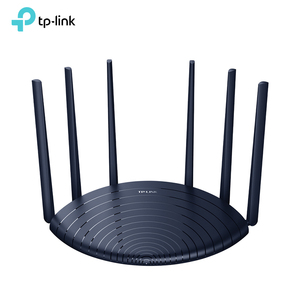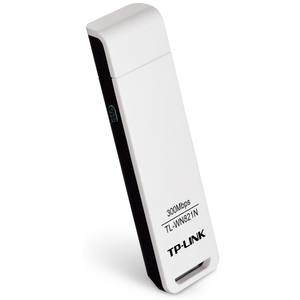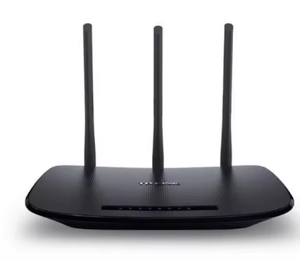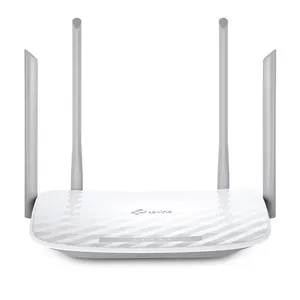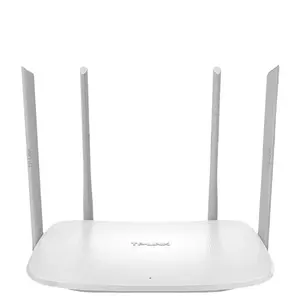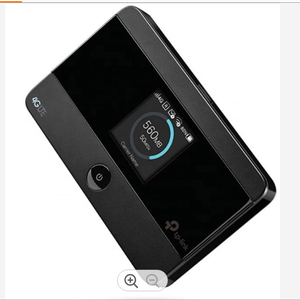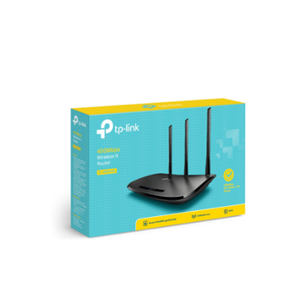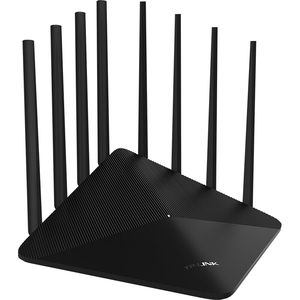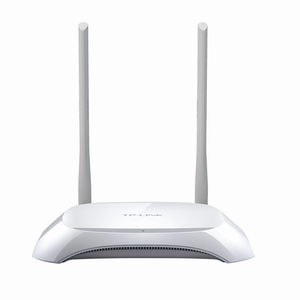Tp Link Wifi Router







 Top sponsor listing
Top sponsor listing







 CN
CN

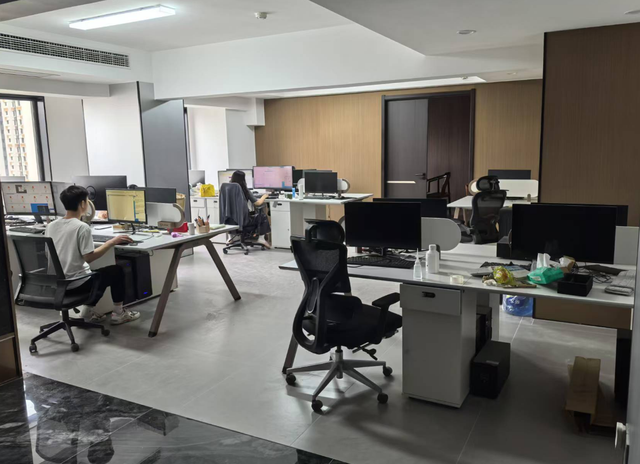




 1/20
1/20



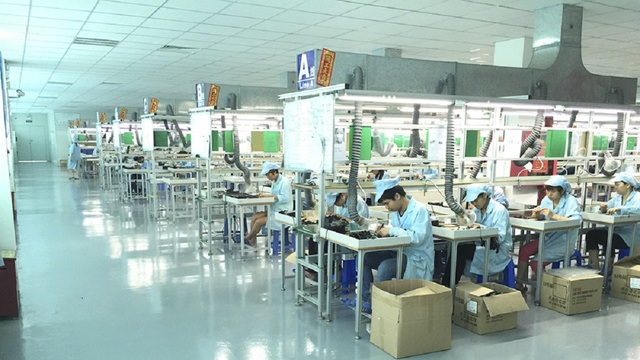


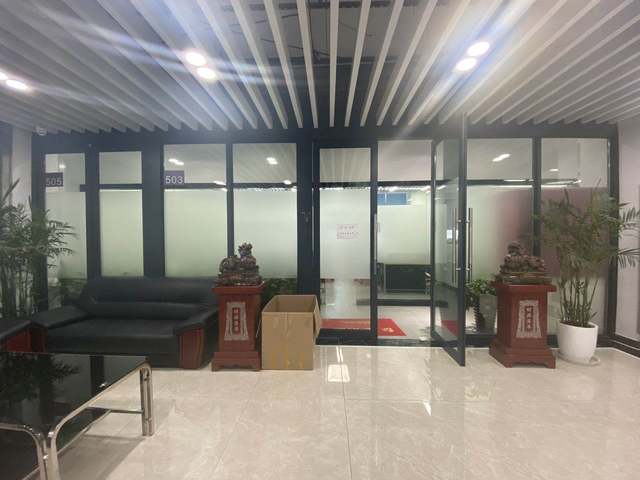





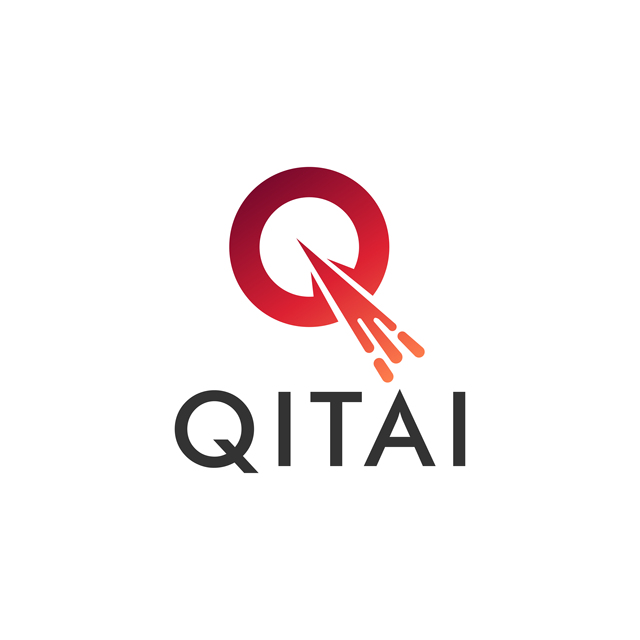
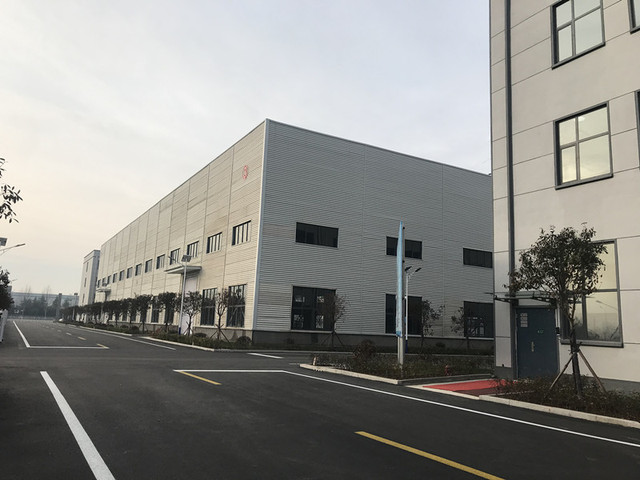
About tp link wifi router
Where to Find TP-Link WiFi Router Suppliers?
China remains the global epicenter for networking hardware manufacturing, with Guangdong province—particularly Shenzhen and Foshan—emerging as primary hubs for TP-Link WiFi router production. These regions host vertically integrated supply chains encompassing PCB fabrication, firmware programming, RF testing, and final assembly, enabling rapid prototyping and high-volume output. Shenzhen alone accounts for over 70% of China’s wireless communication equipment exports, supported by mature ecosystems of component suppliers, contract manufacturers, and logistics providers operating within tightly clustered industrial zones.
The region's specialization in consumer electronics ensures access to dual-band and tri-band chipsets, MIMO antenna arrays, and compact plastic or metal casings optimized for thermal dissipation. Suppliers leverage automated SMT lines and in-house testing chambers for signal strength, interference resistance, and power stability validation. This integration reduces lead times to 15–25 days for standard orders and supports flexible MOQs ranging from 1 to 100+ units. Cost advantages are significant, with localized sourcing cutting production expenses by 20–35% compared to non-Asian manufacturers.
How to Choose TP-Link WiFi Router Suppliers?
Procurement decisions should be guided by systematic evaluation of technical, operational, and transactional indicators:
Technical Capability Verification
Confirm support for essential specifications including dual-band (2.4GHz/5GHz), Gigabit Ethernet ports, USB connectivity, and compatibility with OpenWRT or custom firmware. For industrial or fleet applications, verify availability of advanced features such as GPS modules, DC power input, SIM card slots (including eSIM), VLAN tagging, and DynDNS integration. Suppliers offering customization must demonstrate in-house engineering capacity for PCB redesign, label printing, logo embossing, and software flashing.
Production and Quality Benchmarks
Assess supplier infrastructure using these criteria:
- On-time delivery rate exceeding 97%
- Response time under 6 hours for inquiry resolution
- In-house testing protocols covering EMI, signal radius, temperature tolerance, and burn-in cycles
Prioritize partners with documented quality management systems, even if formal ISO 9001 certification is not listed. Reorder rates above 25% indicate post-sale satisfaction and product reliability.
Transaction Security and Sampling Strategy
Utilize secure payment methods such as escrow services to mitigate risk during initial engagements. Request functional samples before bulk ordering—most suppliers accommodate sample shipments within 3–7 days via express courier. Evaluate devices for firmware integrity, antenna performance, and physical build quality. Confirm packaging standards (retail box, blister pack, or bulk carton) and labeling compliance with destination-market regulations.
What Are the Best TP-Link WiFi Router Suppliers?
| Company Name | Main Products | Online Revenue | On-Time Delivery | Avg. Response | Reorder Rate | Customization Options | Min. Order Quantity |
|---|---|---|---|---|---|---|---|
| Shenzhen Zhibotong Electronics Co., Ltd. | Routers, Enterprise Routers, Modems, Fiber Optic Equipment | US $2,600,000+ | 98% | ≤1h | <15% | Yes (antenna design, color, firmware, casing, 4G/5G module integration) | 1–10 pieces |
| Foshan Aosheng Network Technology Co., Ltd. | Routers, Fiber Optic Equipment, Network Switches | US $110,000+ | 98% | ≤4h | 34% | Limited (firmware, branding, module options) | 40 pieces |
| Shenzhen Unistar Electronic Technology Co., Ltd. | Routers, Network Cards, Surveillance Equipment | US $140,000+ | 98% | ≤6h | 20% | Moderate (dual SIM, external antennas, AC1200 upgrades) | 1–5 pieces |
| Sihui Z-Era Trading Co., Ltd. | Routers, Network Switches, Enterprise Routers | US $10,000+ | 100% | ≤2h | 25% | No (resale/refurbished only) | 1–10 pieces |
| Guangzhou Fuyang Communications Technology Co., Ltd. | Routers, Modems, Webcams, Network Cameras | US $10,000+ | 70% | ≤10h | 15% | Limited (used units, basic repackaging) | 2–200 pieces |
Performance Analysis
Shenzhen Zhibotong stands out for its extensive customization capabilities and high revenue volume, making it ideal for buyers requiring tailored hardware configurations at scale. Despite a low reorder rate, its sub-one-hour response time and proven delivery consistency suggest strong operational discipline. Foshan Aosheng exhibits the highest customer retention (34% reorder rate), indicating reliable product quality and service follow-through. Sihui Z-Era achieves perfect on-time delivery and fast response times, though it focuses primarily on used or refurbished units rather than OEM production. Shenzhen Unistar offers balanced flexibility with low MOQs and moderate customization, suitable for niche deployments. Guangzhou Fuyang lags in delivery reliability (70%), which may pose fulfillment risks despite competitive pricing.
FAQs
How to verify TP-Link WiFi router supplier reliability?
Cross-check declared certifications and test reports for authenticity. Request video audits of production and testing facilities. Analyze transaction history, focusing on dispute frequency, return reasons, and after-sales responsiveness. Validate firmware versions and ensure no unauthorized modifications compromise device security.
What is the typical lead time for router orders?
Standard orders take 10–20 days for production and dispatch. Sample units ship within 3–7 days. Customized batches may require an additional 7–14 days depending on design complexity and component availability.
Can suppliers provide new or used TP-Link routers?
Yes. Several suppliers offer both new and tested used units. Used routers are typically graded (A/B/C) based on cosmetic condition and functionality. Buyers should clarify whether devices are factory-reset, reboxed, or modified prior to shipment.
Do manufacturers support private labeling and firmware customization?
Select suppliers offer full OEM/ODM services, including custom boot screens, pre-installed firmware, branded casings, and unique model labels. Minimum volumes apply—typically 100+ units—with NRE fees for initial setup.
What are common export packaging options?
Standard options include retail boxes with manuals, bulk polybags with master cartons, or customized blister packs. Export-grade packaging includes moisture barriers, corner protectors, and palletization for container loads. Confirm UN-certified packaging for air freight compliance.
